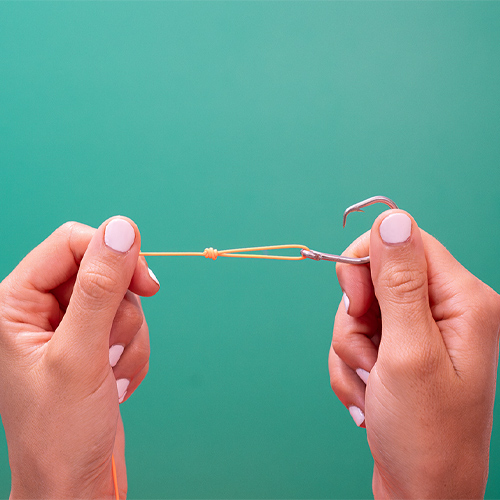Boat Anchoring Basics
Anchoring is done for two principal reasons: first, to stop for fishing, swimming, lunch, or an overnight stay and secondly, to keep you from running aground in bad weather or as a result of engine failure.
Anchoring can be a simple task if you follow these simple guidelines:
-
Make sure you have the proper type of anchor, such as danforth, plow or mushroom.
-
A 3- to 6-foot length of galvanized chain should be attached to the anchor. The chain will stand up to the abrasion of sand, rock or mud on the bottom better than a fiber line.
-
A suitable length of nylon anchor line should be attached to the end of the chain (this combination is called the "rode"). The nylon will stretch under heavy strain, cushioning the impact of the waves or wind on the boat and the anchor.
-
Select an area that offers maximum shelter from wind, current and boat traffic.
-
Determine depth of water and type of bottom (preferably sand or mud).
-
Calculate the amount of anchor line you will need. General rule: 5 to 7 times as much anchor line as the depth of water plus the distance from the water to where the anchor will attach to the bow. For example, if the water depth is 8 feet and it is 2 feet from the top of the water to your bow cleat, you would multiply 10 feet by 5 to 7 to get the amount of anchor line to put out (see diagram above).
-
Secure the anchor line to the bow cleat at the point you want it to stop.
-
Bring the bow of the vessel into the wind or current.
-
When you get to the spot you want to anchor, place the engine in neutral.
-
When the boat comes to a stop, slowly lower the anchor. Do not throw the anchor over, as it will tend to entangle the anchor.
-
When all the anchor line has been let out, back down on the anchor with the engine in idle reverse to help set the anchor.
-
When the anchor is firmly set, use reference points (landmarks) in relation to the boat to make sure you are not drifting. Check these points frequently.
Types of Anchors
There are several types of anchors, and you should choose a style based on the bottom characteristics in the areas you will anchor most often. It’s important to choose an anchor that fits your boat and the boating conditions. These are the most common types of anchors:
Anchor descriptions and video courtesy of www.boat-ed.com
Check out these easy to follow, gas saving tips that will help you reduce gas consumption.
KEEP LEARNING

TakeMeFishing x Teen Vogue
Join us on a creative journey as fashion designer Ahmrii Johnson walks us through her collaborative vision and process with Teen Vogue and fashion brand, Rentrayage, to create a special piece.
LEARN MORE

First Catch Center Trailer Gallery
FCC Trailer Photo Gallery
LEARN MORE

How to Tie a Duncan Knot
Learn to tie a Duncan knot by following these five simple steps. Watch our new video.
LEARN MORE


.png?lang=en-US&ext=.png)